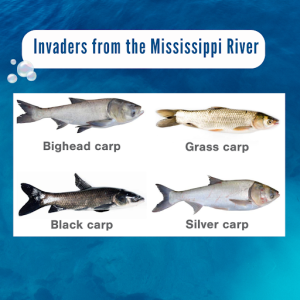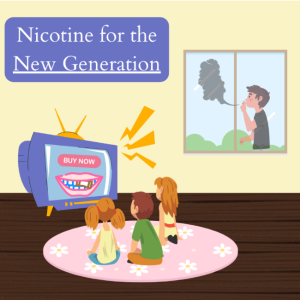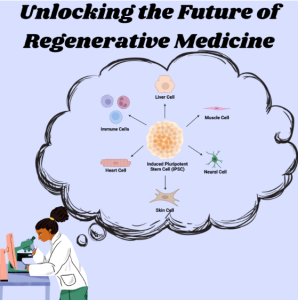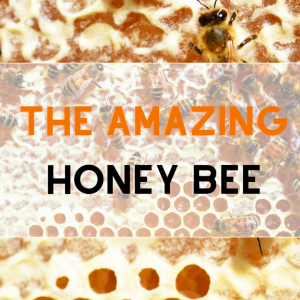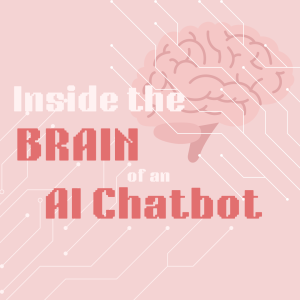Invaders from the Mississippi River: Illinois and Michigan Unite to Protect the Great Lakes
By Erin Scheg, C2ST Intern, Loyola University
The Great Lakes provide water for more than 40 million people, generate jobs for more than 1.5 million people, and are home to more than 3,500 plant and animal species. In early July 2024, the governors of Illinois and Michigan signed an agreement to cosponsor the Brandon Road Interbasin Project. This landmark project aims to protect the Great Lakes from invasive species, especially Asian carp. Invasive species are defined as non-native species to the ecosystem whose presence causes economic, environmental, or human health. Asian carp are native to Eastern Asia and were introduced to North America in the 1970s to assist with pest control in aquaculture facilities. Aquaculture facilities are aquatic farms where fish are grown and harvested for sale. These carp escaped into the wild from the aquatic farms on the Mississippi River and have been heading north, which poses a major threat to the native Great Lakes ecosystems.
